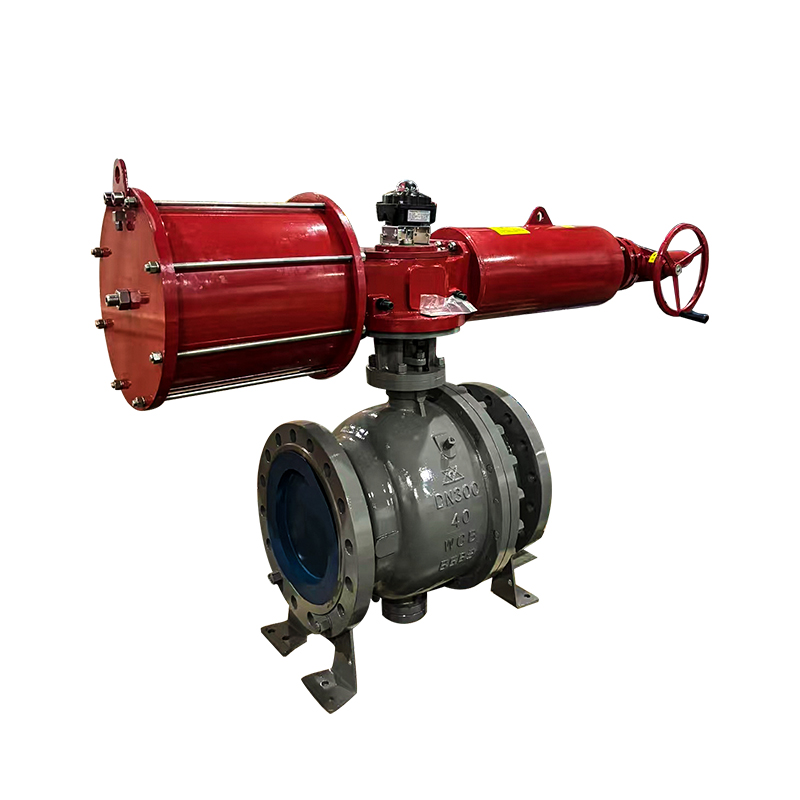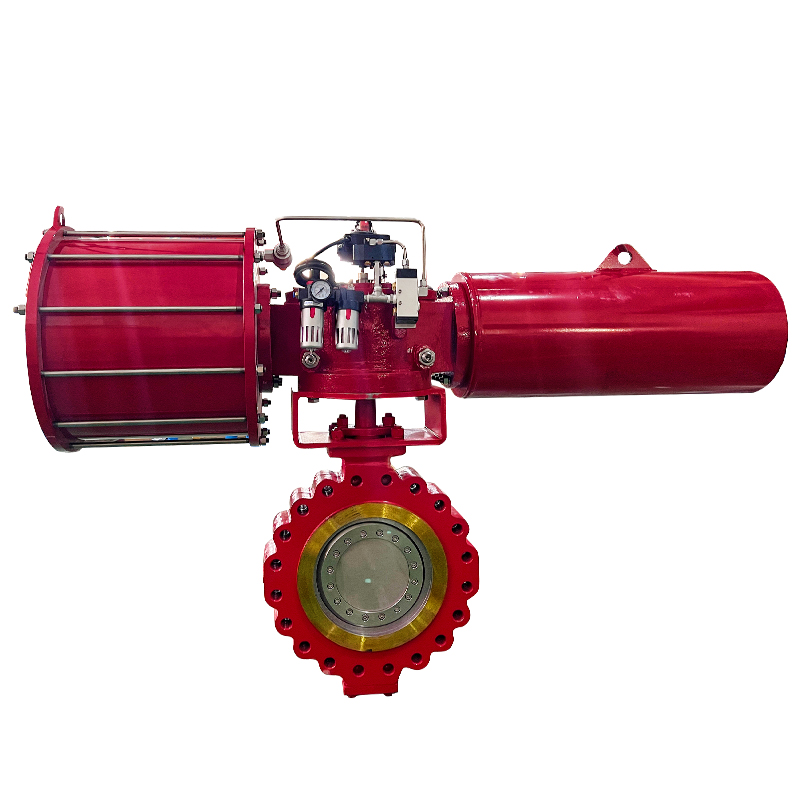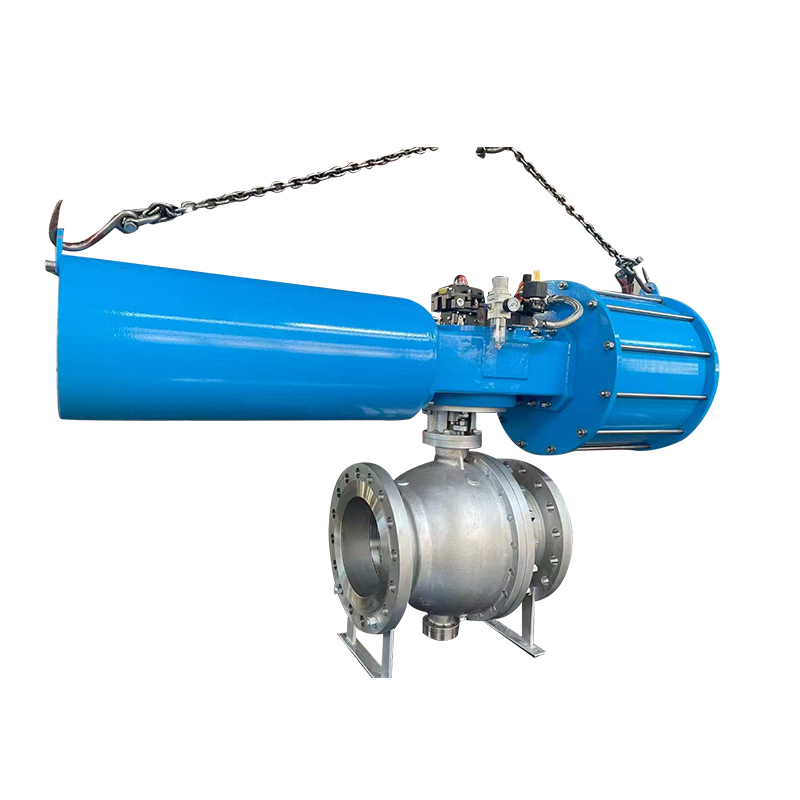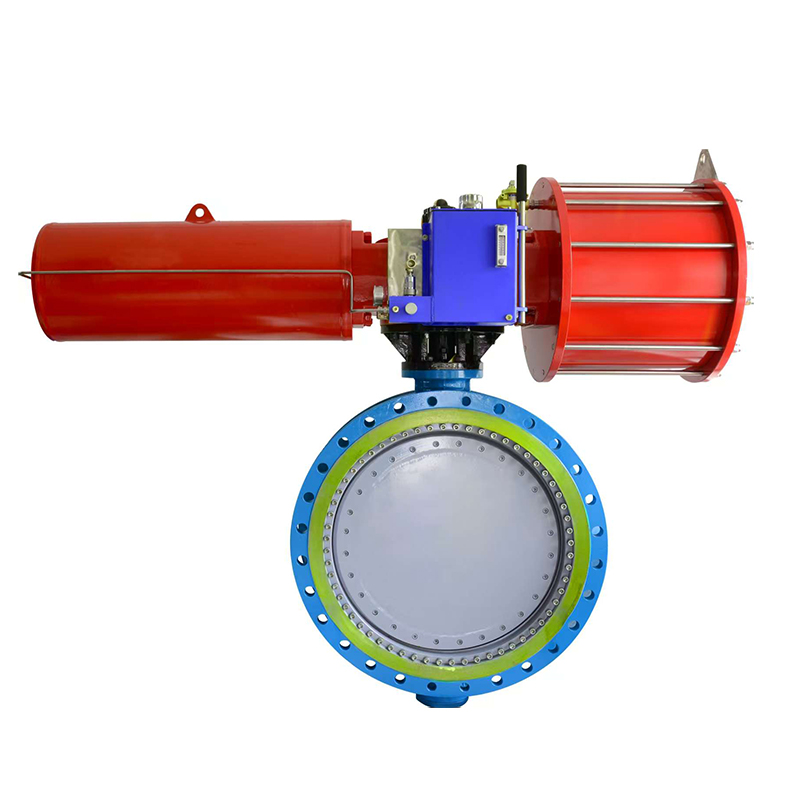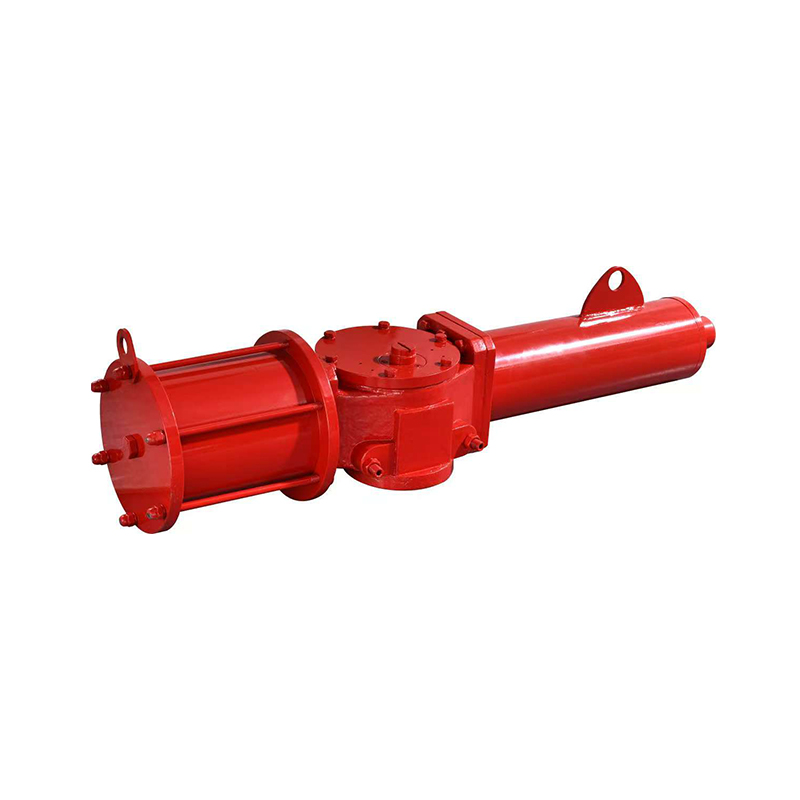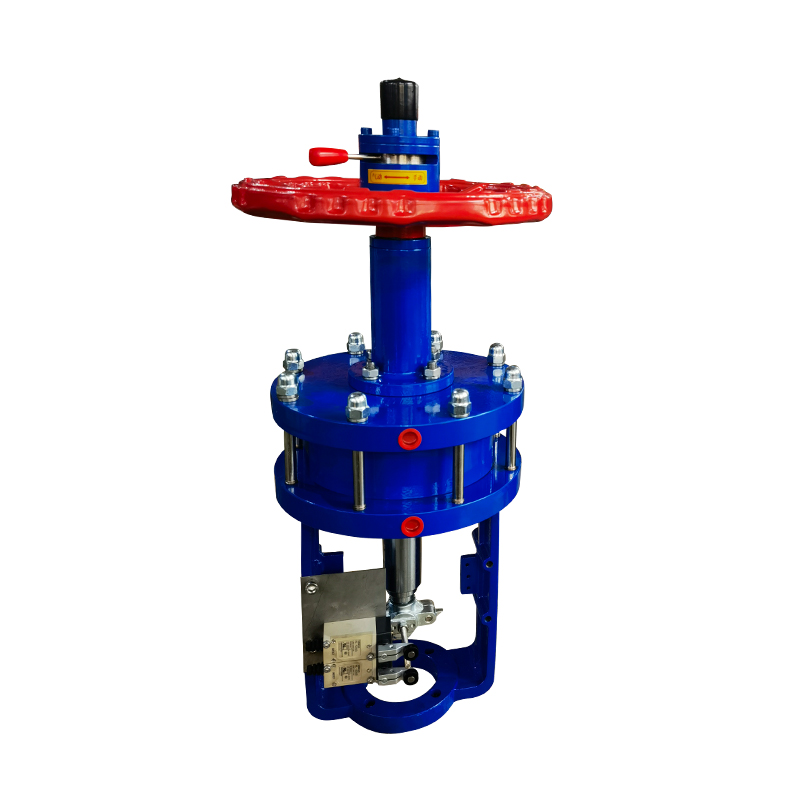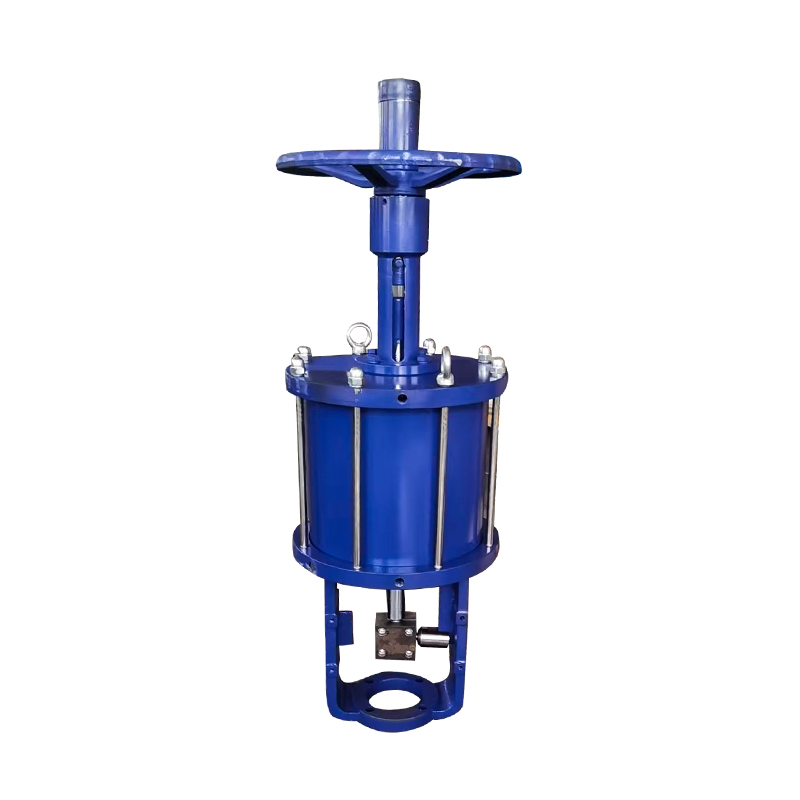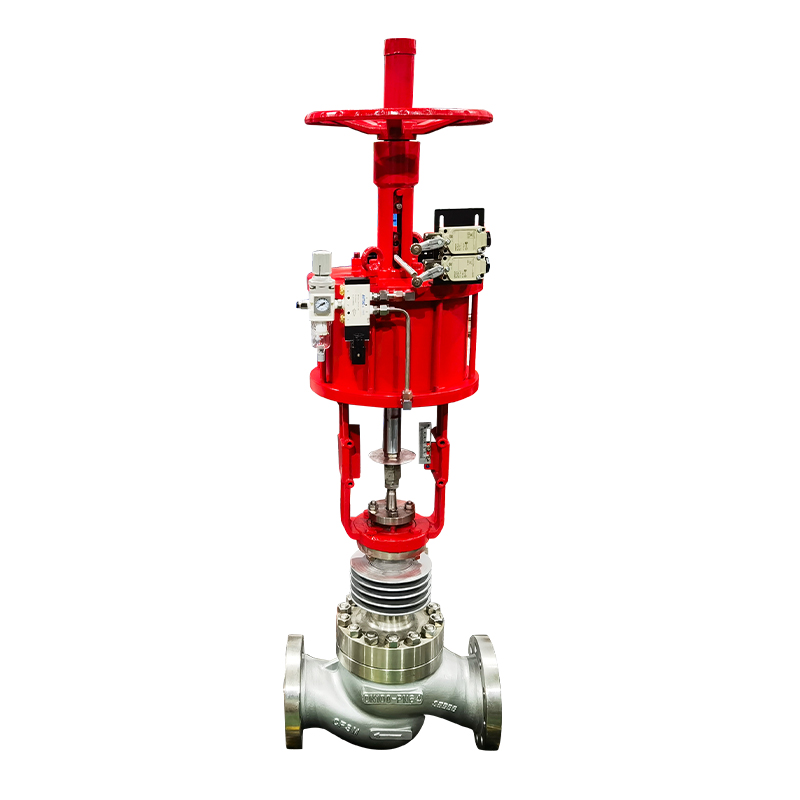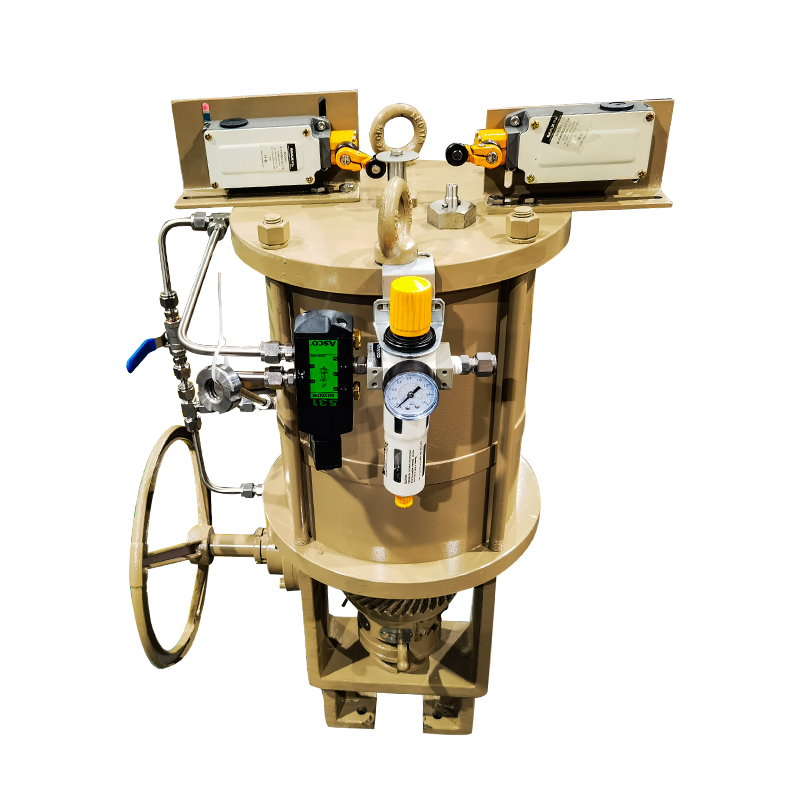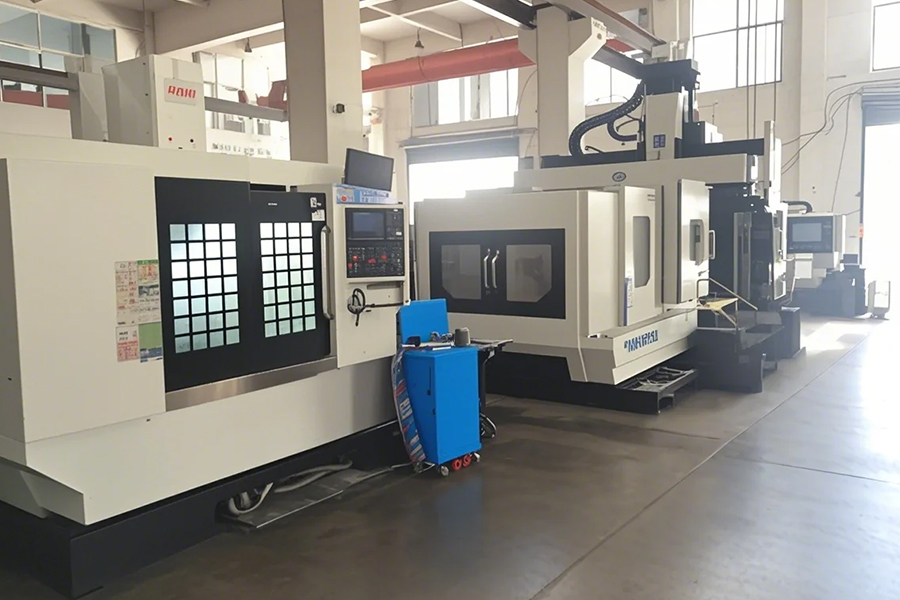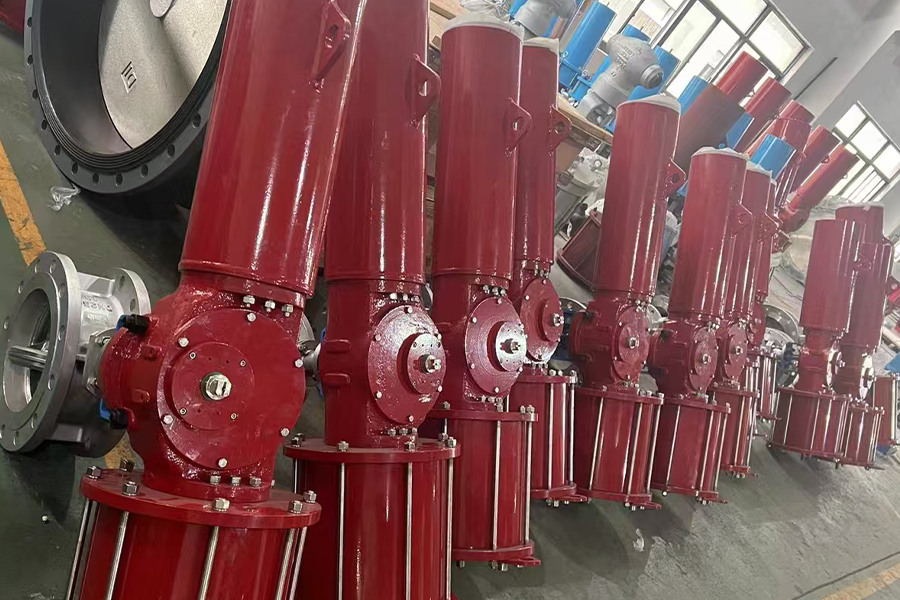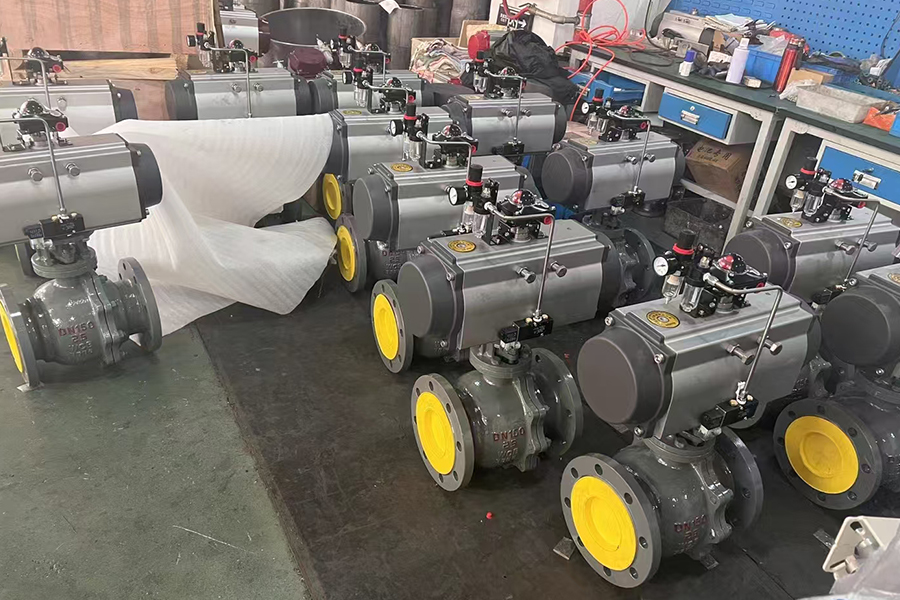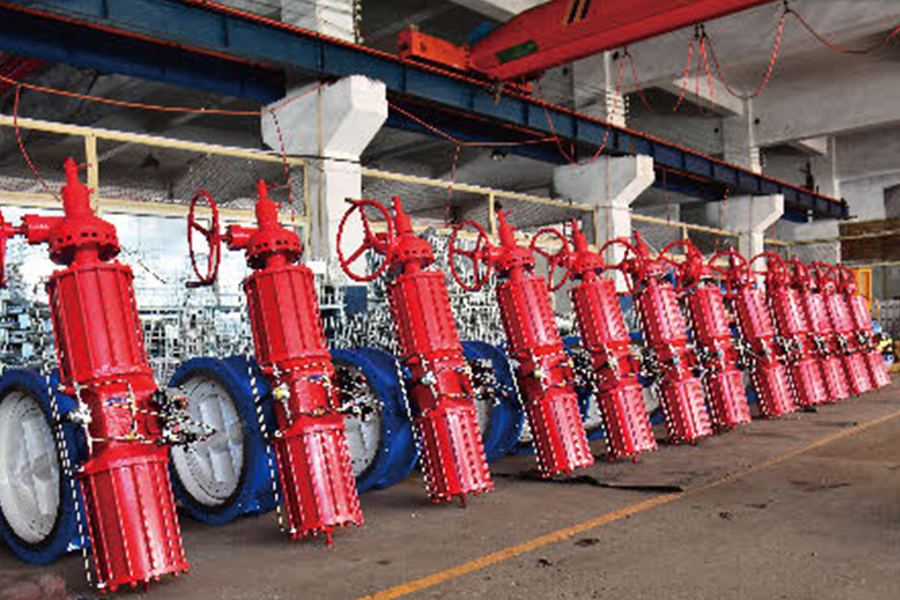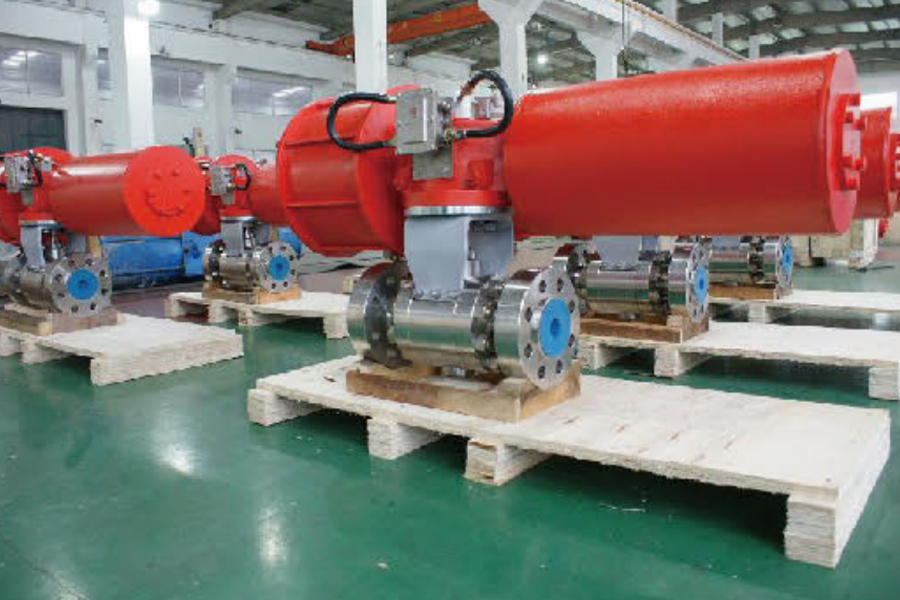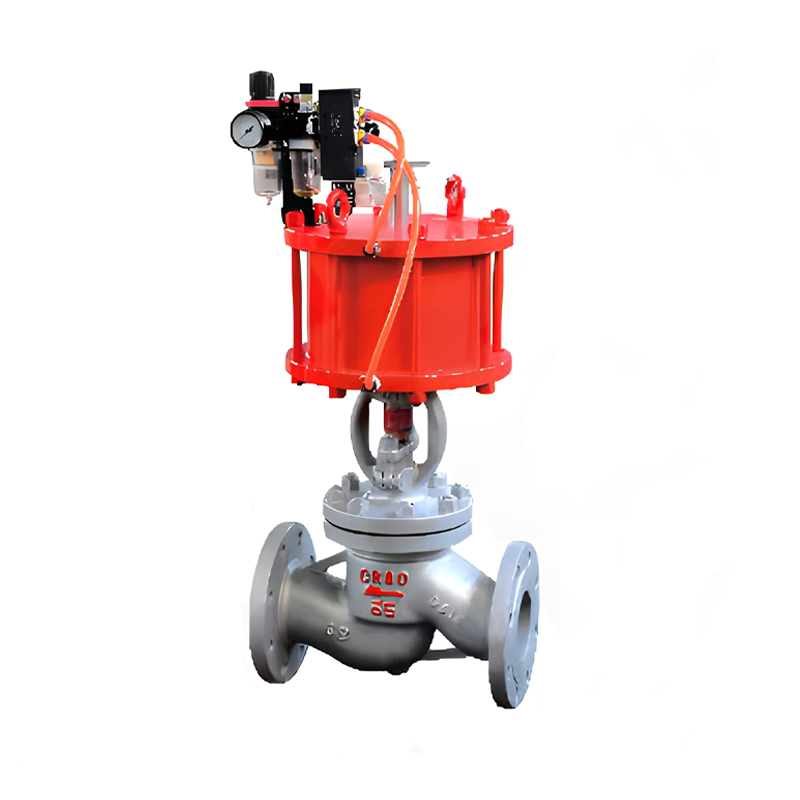
Piston pneumatic valves are widely used in industrial automation due to their reliable operation and effective control of fluid flow. Understanding the design features that enhance the performance of piston pneumatic valves is important for selecting the right valve and ensuring long-lasting functionality. These valves combine pneumatic actuation with a piston mechanism to deliver precise and robust control in various applications. This article explores key design aspects that contribute to the improved performance of piston pneumatic valves.
One important feature of piston pneumatic valves is their actuator design. Unlike diaphragm or rotary actuators, piston actuators use a cylindrical piston that moves linearly within a chamber under air pressure. This linear motion provides a strong and direct force to open or close the valve, resulting in faster response times and higher thrust. The piston’s large surface area allows the valve to handle higher pressures and heavier loads, which can be beneficial in demanding industrial environments.
Sealing technology is another critical design element for piston pneumatic valves. Effective sealing prevents air leakage around the piston and within the valve body, ensuring consistent pressure and precise valve operation. High-quality seals made from materials such as nitrile rubber or polyurethane are often used to withstand wear, friction, and exposure to various chemicals. Proper sealing also reduces maintenance frequency and extends valve lifespan by minimizing the ingress of contaminants.
The valve body material plays a significant role in the performance and durability of piston pneumatic valves. Typically, materials such as stainless steel, aluminum, or brass are chosen for their corrosion resistance and strength. Stainless steel valve bodies, for example, offer excellent resistance in harsh environments and maintain structural integrity over time. Selecting the right material helps ensure the valve can operate reliably under different temperature and pressure conditions.
Another feature that enhances performance is the design of the piston itself. Precision machining and smooth surface finishing reduce friction and wear between the piston and cylinder walls. Some piston pneumatic valves incorporate coatings or surface treatments to improve durability and reduce the risk of sticking or jamming. A well-designed piston mechanism maintains consistent movement and improves the valve’s response accuracy.
Flow control characteristics are also affected by the internal valve design. Many piston pneumatic valves are designed with streamlined flow paths to minimize pressure drop and turbulence during operation. This design reduces energy consumption and improves the overall efficiency of the system. Additionally, the ability to handle a wide range of flow rates and pressures makes piston pneumatic valves versatile for various industrial applications.
Installation and maintenance features also contribute to valve performance. Compact and modular designs allow for easier integration into existing systems and faster servicing. Quick-change seals, accessible actuator components, and standardized mounting interfaces reduce downtime and simplify repairs. These practical design considerations help maintain valve performance throughout its service life.
The performance of piston pneumatic valves is enhanced by a combination of actuator design, sealing technology, material selection, piston construction, flow path optimization, and ease of maintenance. These design features ensure reliable operation, fast response, and durability in industrial settings. Understanding these aspects helps users choose piston pneumatic valves that meet their operational needs and maintain consistent performance over time. Properly designed piston pneumatic valves remain a valuable component in fluid control systems where precision and robustness are required.








